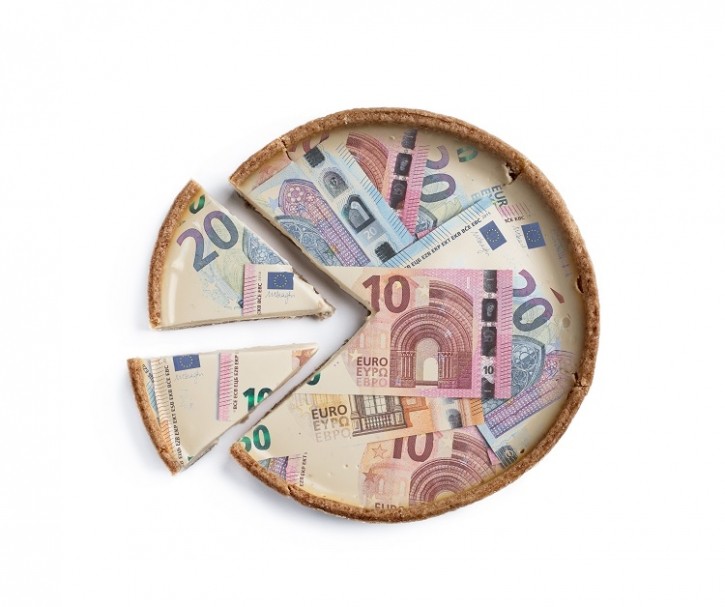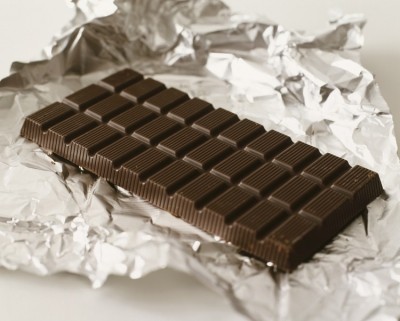How can luxury food brands succeed?

Luxury brands are on the rise. According to data platform Statista, the market for luxury goods is expected to grow by an annual growth rate (CAGR 2024-2029) of 9.75%. One step above ‘mass premium’, luxury brands are in the stratosphere – think a bottle of wine that costs €150.
While in the realm of beverage, luxury brands are well established – luxury wine and whiskey, for example, already has its devotees – luxury food brands, according to Ben Black, executive director at investment company Verlinvest, are less prominent.
This could change, he suggested, as there is enormous potential for several premium foods to make it into the big leagues.
What is a luxury brand?
While a ‘mass premium’ brand is a brand with a slightly higher price point and a perception of quality attached – think Lindt in food – a luxury brand is more rarefied. Luxury brands in the beverage space, for example, include whiskey brand Macallan and champagne brand Dom Pérignon.
While a premium product is usually priced at 20-50% above the mass market product, the luxury brand is the stage above this, around 70-100% more. “We look at it through the lens of pricing power,” Black told FoodNavigator.
Private label chocolate
Private label brands have recently seen a significant uptick in popularity amongst consumers. One sector that hasn’t done as well in private label, however, is chocolate.
This, Circana’s Ananda Roy told us, is because consumers see chocolate as a treat. During a time of economic uncertainty, consumers would rather splash out on premium chocolate on rare occasions than buy more affordable chocolate more frequently.
It is defined not just by price, however, but availability. “What defines brands that we consider to be luxury is a degree of exclusivity, a supply or accessibility constraint. That's often what drives pricing power beyond the mass premium segment.”
The luxury status of a brand is often driven by the power of the brand itself, as well as the use value of the good. “Across categories, whether that be beauty or fashion, luxury brands have a degree of price insensitivity or a lack of correlation with the functional benefits of the product that you're purchasing.
“If we think about cashmere, for example, the brand rather than the quality often determines the price.” The identity, in other words, drives value.

“We do see categories that we think are capable of sustaining a luxury brand,” Black told us, “but they haven’t yet materialised.”
Which foods can become luxury brands?
For a food brand to become a luxury brand, suggested Black, it must have a provenance story, a story that records its journey, or production cycle. “There is a provenance story that talks about production and the process and brings people closer to the earth.”
One such product is pata negra, or jamón ibérico, a type of jamón (ham) in Spain. “There's a supply constraint and a clear quality advantage for the process and the product, creating an opportunity to build a luxury brand there,” Black told us.
Price insensitivity
Many luxury brands are price insensitive, which means that fluctuations in their price does not affect the level of demand from consumers.
“There are a couple of brands in the sector that we believe have the potential to invest in and communicate what they're doing in terms of provenance, care for the animals and the story around the earth and, therefore, have the components to become luxury.”
Black also suggested truffles and smoked salmon as potential luxury brands, both of which are largely available in less luxurious forms.
In truffles, for example, “a very small amount of people are eating shaved or white truffle, which is the luxury product. The advent of truffle oils and synthetic truffle has exploded accessibility to the category, so if you’ve not invested in building a defensible brand with a defensible product advantage, it’s very hard to drive pricing power at the upper end that separates you from mass premium.”
On the other hand, with the availability of Norwegian salmon farms, smoked salmon has become ubiquitous rather than luxurious. There was, Black told us, no luxury brand to demarcate it with this exclusive status.

These categories are, with the exception of smoked salmon, rather small at the moment, which Black suggested lends itself to the development of luxury brands.
What is the future for luxury food?
Chocolate, Black told us, is another category with luxury potential. “We're seeing a growing interest in the chocolate category within artisanal and single origin production.
“People are becoming more aware of what the cocoa supply chain looks like, including the fact that there are 1.6 million children working in the industry, and are in turn developing the appetite to pay more for brands with transparent supply chains like Tony’s Chocolonely.” Understanding the supply chain, and the ethics of it, is in other words key to the future of luxury chocolate.
“At the very upper end, we’re seeing the creation of direct-to-consumer, store-based premium chocolate brands with a more ethical and single origin story about how the cocoa is grown.
“That supply chain defensibility is driving pricing power and the ability for a luxury positioning.”
Luxury butter
One product that is gaining a luxury market is, amazingly, butter. It also has a provenance story, with the marketing focusing on the avoidance of artificial ingredients and the farm where the butter originates. “There is definitely a shift towards provenance,” said the founder of one luxury fromagerie.
Single origin in this sense, Black emphasised, means not single country, but single estate. The level of specificity extends not just to location, but the whole language around the food. Consumers will develop, he predicts, the sort of education in chocolate (alongside other food types such as jamón ibérico) that currently surrounds wine.
“You can borrow a lot of the lexicon from fine wine and spirits and apply that to other categories. People will intrinsically think luxury as a result because that's how they've been educated.”
It isn’t simply a case of semiotics, however. Brands must invest in the whole experience. In cocoa, for example, Black suggested that brands must bring people close to the supply chain in order to assure them that what they’re eating is sustainable and free of human rights violations.
“People are willing to learn about where food products come from and this education can happen through a hospitality element like, for example, wine hotels. We don't yet see that happening very often in food and anticipate this is going to change.
“The storytelling value of these types of experiences drives pricing power, alongside the taste, provenance and sustainability advantage that these products often have.”






